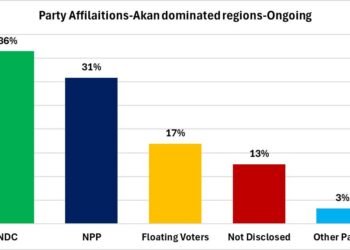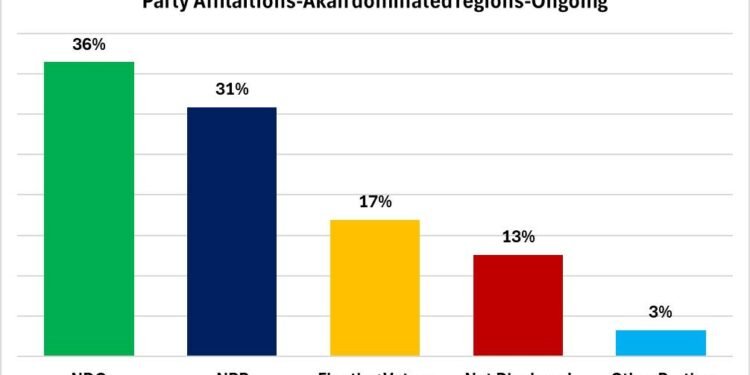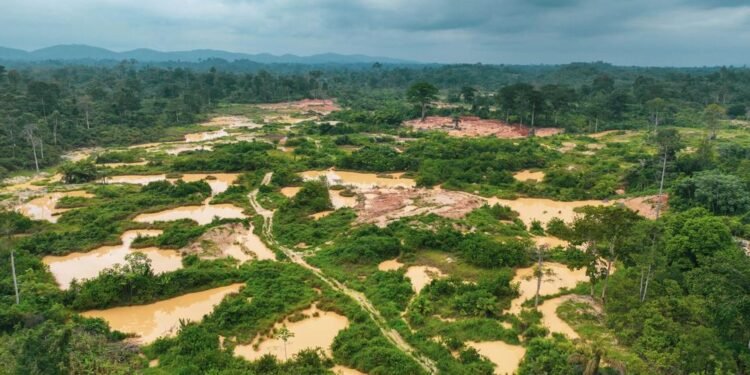Minister of Lands and Natural Resources, Samuel Abu Jinapor, has disclosed that the ministry has identified some 3, 000 acres of land suitable for clinker production to feed the country’s cement industry.
According to him, government is committed to the diversification of mineral resource base in the country. As such, he indicated that the Ghana Geological Survey Authority continues to intensify limestone exploration activities in the Mamprusi-West district of the North East region to develop limestone mines.
“Over 3,000 acres of land have been identified as suitable for clinker production. The Authority has also identified and evaluated over 1,275 metric tonnes of clay resources at Assin-Fosu and its environs in the Assin North and Central districts of the Central region suitable for the production of high-quality acid crucibles, bricks, tiles and electrical porcelain.”
Samuel Jinapor
Speaking on the topic: ‘Recent developments in the lands and natural resource sector and way forward’, Mr Jinapor revealed that discussions are ongoing with Rand refinery, a South African company, serving as a Landing Bullion Marketing Association (LBMA) referee, to secure LBMA certification to enable the country easily export and trade its refined gold on the export market.
He stated that the Precious Minerals Marketing Company (PMMC) jewelry subsidiary is also now able to produce gold tablets, engrave and plate jewelry. This, he noted, will be a major boost for the work being undertaken by the ministry.
The lands minister further revealed that the plan going forward, is to establish a gold souk – a marketplace for manufacturing and marketing of gold articles in Accra.
“The integration of the Ghana Integrated Aluminum Development Cooperation’s (GIADEC) four project agenda is on course. Drilling and mineral resource estimation in two hills in Awaso under project one will soon commence to expand the existing mine, and significant amount of work has been done on the other three projects. Mineral resource estimation for iron ore is also underway at the Akpafo deposit to determine its tonnage, grade and value.”
Samuel Jinapor
Commenting on the regulation of small-scale mining, Mr Jinapor highlighted that to support the small-scale mining sector, last year, government reduced withholding tax on unprocessed gold by small scale miners which was introduced in 2015 from 3% to 1.5%. This, he noted, has resulted in a massive increment in gold exports for small scale mining from 3,429.91kg in 2021 to 22,158.25kg in 2022, representing about 600% increment.
Enforcement of measures in addressing illegal mining
Furthermore, Mr Jinpor stated that the ministry continues to use its two-prong approach of law enforcement and reformation in dealing with illegal small-scale mining. Thus, he emphasized that river bodies remain red zones for mining, while recognizant prospecting and/or exploration in forest reserves continue to be suspended, except in exceptional circumstances.

“Five speedboats have been procured to patrol our river bodies. We are also implementing the minerals and mining, mineral operations, tracking of earth moving and mining equipment regulations 2020, LI 2404, and we expect to track some 4,000 excavators and other earth moving equipment.”
Samuel Jinapor
To further avert the proliferation of illegal small-scale mining activities, Mr Jinapor highlighted that so far, a control room has been established at the Minerals Commission headquarters and seventy-five excavators at various mine sites have been installed with tracking devices. He expressed the ministry’s committment to fighting galamsey, as it continue to promote responsible small-scale mining through community mining schemes.
“Last year, fourteen of these schemes were commissioned and last month, I commissioned the first community mining scheme for the year in Bongoso in the Bongo district of the Upper East region. In the coming days, new community mining schemes will be commissioned in Bole in the Savannah region; Wa in the Upper West region and Nangruma in the North East region. All these schemes are supported with gold catchers to help small-scale miners extract gold from the ore without the use of mercury, thereby, being in accord with the Minamata Convention on mercury.”
Samuel Jinapor
The National Alternative Employment and Livelihood Programme, which President Akufo-Addo launched in 2021, Mr Jiapor revealed, is also being implemented to provide alternative source of livelihood to illegal miners. He indicated that the program employs several youths in the production of seedling and reclamation of degraded mine land.
Currently, the lands minister stated that reclamation is ongoing on 1,000 hectares of degraded lands in Ashanti, Eastern and Western regions. This year, however, he underscored that apprenticeship, skills training and entrepreneurship model of the programme will be rolled out and is expected to provide training for some 5,000 youth in agriculture, technical, vocational, industrial and mining skills.
“This gamut of measures has yielded some positive results with most of our river bodies visibly clearing up and the turbidity levels improving. That is not to suggest that we have rid our country of illegal mining. We have not. As we speak, the cartel involved in these illegalities continue to operate and are finding every means to outwit us. But we will continue to adopt the necessary measures to ensure that we come to grips with this canker.”
Samuel Jinapor
READ ALSO: Less Than 2% Of Plastics Are Being Recycled- Sanitation Expert























